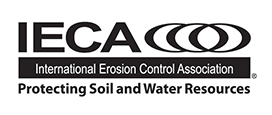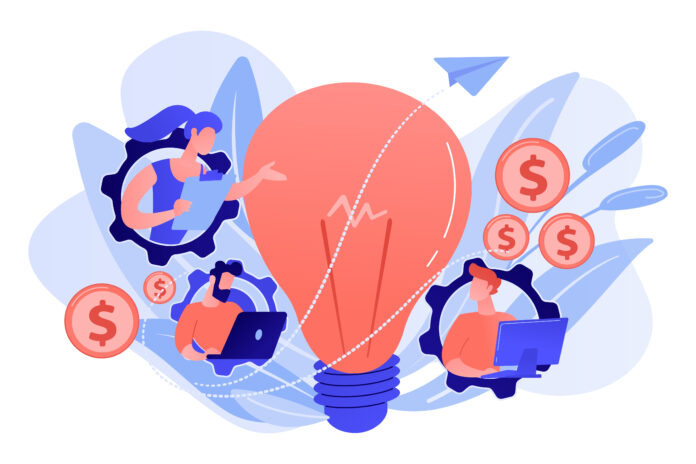It’s hard to believe we are more than halfway through 2023. I hope everyone reading this is feeling good about their people, profits and progress thus far. Remember, you really do control your own destiny. We may not control the weather or our competition, but we control what we put into the market that makes us unique and valuable in the eyes of our customers and stakeholders. Here’s how you can turn your good ideas into great business.
One good idea has the potential to springboard you to success you never dreamed possible, but just because it looks good on paper doesn’t mean it is good business. Your ideas are one of the greatest resources you possess, but most people don’t know how to monetize or convert them into unique and valuable assets.
The best way you can do that is to create a culture of what I call “ideation conversion” which simply means teaching your people how to turn their good ideas into tactical business resources that can make money and differentiate you from your competition.
Ideation is the process of forming ideas from conception. We’ve all had that spark of an idea and thought “Hey, I wonder if…,” but how many of us do something about those ideas? Start by writing the idea down while it’s fresh in your mind using a notepad, mobile phone or your laptop. Next, gather your team members who have different skill sets and roles together in a place where you won’t be interrupted and can share and shape your idea. Ask smart questions like, “How can this idea solve customers’ and stakeholders’ problems or give them a competitive advantage?” Remember that customers can be external or can be your internal team. You may have an idea that will recruit, retain and reward top talent!
Next, create a hypothesis around your idea and the product, process or service you’ve created. A hypothesis is a statement used to refute or validate your idea, and it ensures it is aligned with your business model and strategy. A hypothesis tests for three things.
- Desirability. The new product, service or process is something stakeholders want.
- Feasibility. It can be executed and managed.
- Viability. It will make money for the company.
A good hypothesis will enhance your unique value proposition, identify a new strength and identify risks and opportunities associated with your idea. This leads to the next step, which is creating a simple experiment with the people who will benefit from this
new idea.
A good experiment helps reduce personal bias, risk and uncertainty. It produces weak or strong evidence to refute or support your hypothesis. It also defines your who, where and what and provides usable metrics that should objectively help determine success or failure. Examples include customer and stakeholder interviews or an email survey. You can also conduct a “day in the life of” experiment with a few of your best customers to see how your new idea fits into their business. Your business developers and key field people can solicit feedback from your customers, and you can conduct online research by using keywords to see if your idea has already generated news. You can also create a simple prototype or a call-to-action test by sending an email to customers or prospects asking them to click a link if they are interested in learning more.
Once you have the results of your tests, get back with your team to decide if more testing is needed, if changes are required, if the idea should be abandoned, or if should move forward with offering the new product, service or process. When done correctly many good ideas can be converted into great business. Go ahead, start generating some sparks.
About the Expert
Judith M. Guido is the chairwoman and founder of Guido & Associates, a business management consulting firm in the erosion control and green industry. Guido can be reached at 818.800.0135 or judy@guidoassoc.com.












